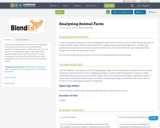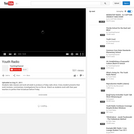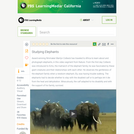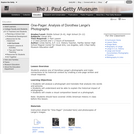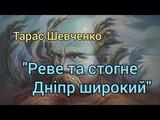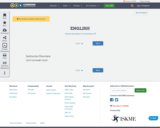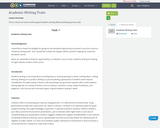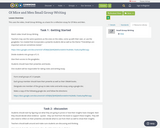Concept Note for the 2023 Ambassadors Fund for Cultural Preservation
Short Description:
In the Middle Belt of Nigeria, three major language families converge in a region with cultural diversity rivaling the Amazon Basin. According to Ethnologue, there are 340 distinct languages. Each is accompanied by Intangible Cultural Heritage (ICH), including music and dance, poetry and puppetry, handicrafts, and healing practices. The region has received comparatively little attention from scholars. Countless traditions remain unknown and undocumented. Only the Tiv’s Kwagh-Hir theatrical tradition has been inscribed by UNESCO, leaving an urgent need for expanded cultural heritage preservation efforts. This is a project proposal for cultural preservation in the central region of Nigeria.
Long Description:
In the Middle Belt of Nigeria, three major language families converge in a region with cultural diversity rivaling the Amazon Basin. According to Ethnologue, there are 340 distinct languages. Each is accompanied by Intangible Cultural Heritage (ICH), including music and dance, poetry and puppetry, handicrafts, and healing practices. The region has received comparatively little attention from scholars. Countless traditions remain unknown and undocumented. Only the Tiv’s Kwagh-Hir theatrical tradition has been inscribed by UNESCO, leaving tremendous potential for new inscriptions.
ICH is one of Nigeria’s great treasures, yet artifacts and archeological sites dominate discussions of preservation while vulnerable traditions languish, often disappearing without a trace. Many Middle Belt communities are eager to share their traditions but do not have resources to do so. In contrast, Yorùbá is among the most widely studied indigenous and diasporic cultures. Ethnic minorities have been marginalized for centuries by slave raiding, land encroachment, and economic exclusion. Surviving communities deserve the benefits of cultural preservation and should be celebrated for their distinct and resilient cultures at home and in diaspora. In 2021, our team recorded musical practices that strongly resemble American genres like Delta Blues and Funk.
We will utilize American expertise to build capacity among Nigerian field researchers reflecting the Fulbright-Hays Act as a basis for the Ambassadors Fund for Cultural Preservation. The project will bring HBCU faculty and students into the orbit of ICH stakeholders. HBCUs have a long-standing history and vested interest in welcoming African-born faculty and students and appreciating the cultural diversity they bring to diaspora communities. Engaging HBCU students in cultural heritage preservation will be a focus of the project, leveraging American technical skills with Nigerian cultural competencies to support US Mission Goals.
Our documentation drive will produce thousands of audiovisual primary sources with the potential to fuel knowledge- and creativity-based economic growth. We will collaborate with participating communities on a three-phase ethnographic process: (1) Inventory, (2) Documentation, and (3) Preventive Conservation. Grant products will be disseminated widely, benefitting the communities, the American and Nigerian public, and scholars in a variety of fields. The Middle Belt faces an array of challenges, including climate change, substance abuse, pastoralist conflict, and religious fundamentalism. The US Mission’s objective of promoting peaceful dialogue will be lived through partnership with CONAECDA, a coalition of community development associations formed in recognition of the UN’s Declaration on the Rights of Indigenous Peoples. Cultural preservation will promote stability through inclusive education, interethnic and intergenerational conviviality, and constructive identity formation among young people.
Word Count: 9043
(Note: This resource's metadata has been created automatically by reformatting and/or combining the information that the author initially provided as part of a bulk import process.)
